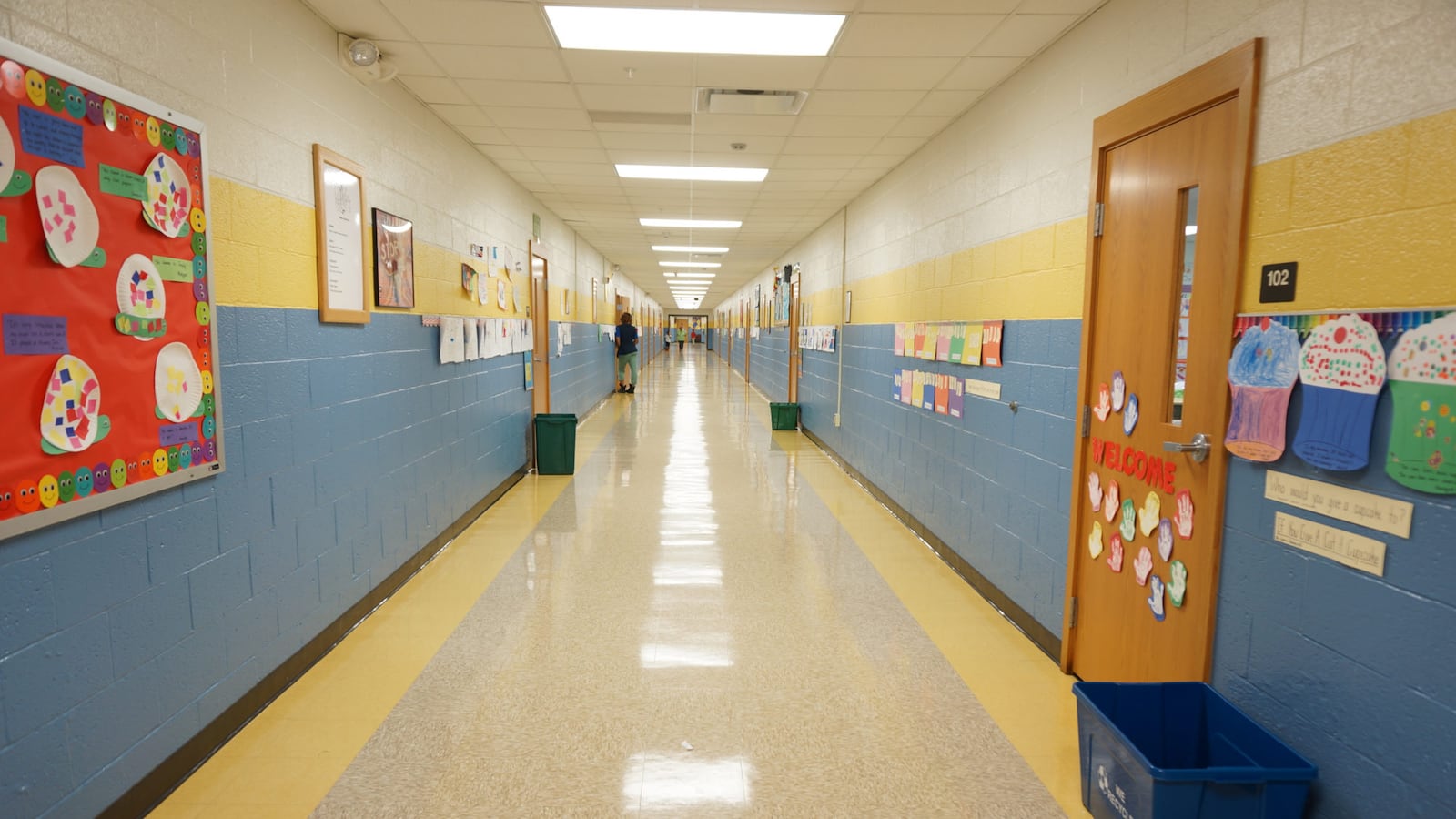The Indy Chamber and Indianapolis Public Schools have put a number on how much the district needs to cut or make up in new revenue over the next eight years: $328 million. But just what sacrifices families and educators will have to make is still uncertain.
In the first update since the local chamber of commerce and the district formed an unusual partnership last year, the district outlined its goal for savings that would come from several areas, including reduced transportation and facilities costs.
Making such significant cuts to the budget will likely include closing schools, former Superintendent Lewis Ferebee said last year when the district forged the partnership with the Indy Chamber in order to gain support for a referendum.
But at a press briefing Tuesday, interim Superintendent Aleesia Johnson avoided discussing the timeline for potential school closings. “We are not there,” she said, adding that the district needs to draft a facilities master plan, in addition to reviewing the implications for district debt and lobbying for legislative changes.
The school board will likely vote on many of the decisions, and district officials have said they are leading the work with assistance from the chamber. The district or Indy Chamber can withdraw from the partnership at any time, according to an agreement outlining their partnership in September.
Indianapolis Public Schools has sold several buildings in recent years. But as the cash-strapped district tries to unload property, it has been hampered by a law that requires it to make empty school buildings available to charter schools for $1 before selling them on the open market.
The district has a goal of $97.2 million in cuts to spending on facilities over eight years, phased in over 2021–22 and 2022–23 according to a district presentation, but Johnson said it was not yet clear whether that timeline is achievable.
“There are still lots of things we need to figure out to see if that is realistic, to see if those numbers bear out, to see if that is in the reality of the context we are in now even feasible,” she said.
The largest chunk of the savings, $111.2 million over eight years, would come from transportation spending. The district has already begun saving on transportation, primarily by reconfiguring the busing schedule and improving routes. But the long-term goal is to cut back by having most high school students take public buses, rather than school buses.
Board member Venita Moore raised concerns that the district may not be able to make the cuts on the ambitious timeline planned, particularly if the city’s public bus system, IndyGo, is not able to meet the transportation needs of high schoolers.
IndyGo is in the middle of an expansion, and the system’s ability to serve the district’s high schoolers hinges on the success of that growth, officials say. Busing thousands of students at the same times will be a “heavy lift,” said Bryan Luellen, vice president of public affairs for IndyGo, but “we are committed to making this partnership work.”
The chamber’s unusual involvement in the school system was born out of district leaders’ efforts to get taxpayers to boost funding. After the district struggled to gain support for its initial referendum proposal, it began working with the chamber to craft a request that would increase school funding without raising taxes beyond what the business community would support. The sometimes adversarial negotiations ultimately led the district to drastically reduce its funding request to about $220 million over eight years, which voters approved in November.
As part of the deal, Indianapolis Public Schools and the chamber agreed to work together on a plan to substantially cut spending so the district would be able to boost teacher pay while also shrinking its tax request.
Mark Fisher, the Indy Chamber chief policy officer, said the district was making progress on the budget goals.
“We’ve been very pleased with the buy-in of both the board and the administration,” he said. “These are not going to be easy paths or easy decisions, but they are necessary.”

